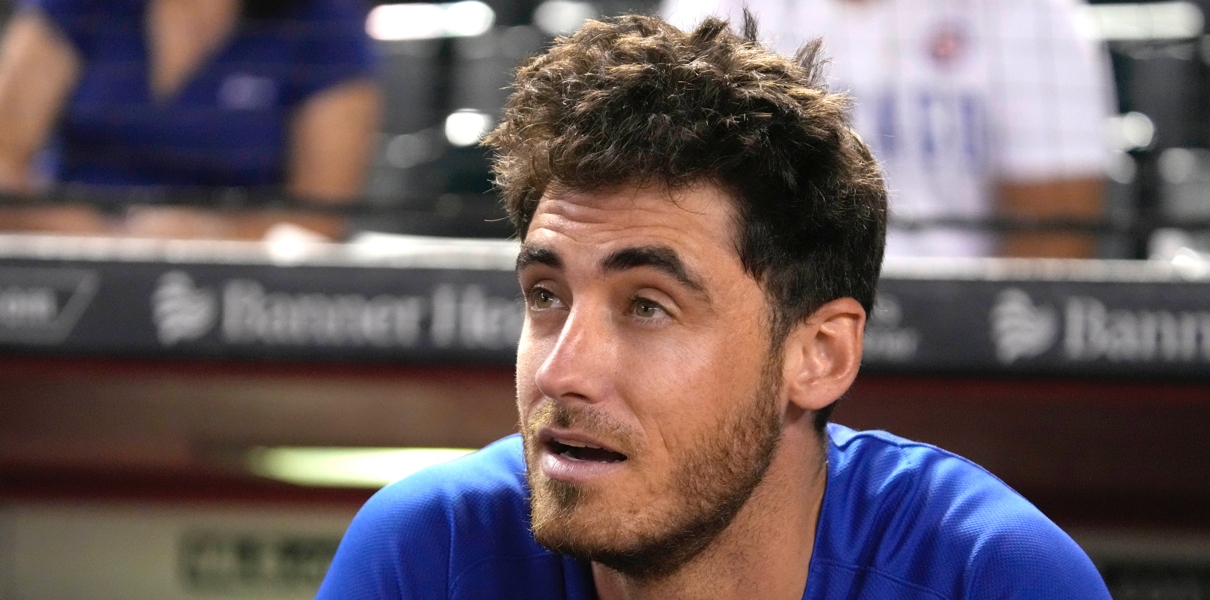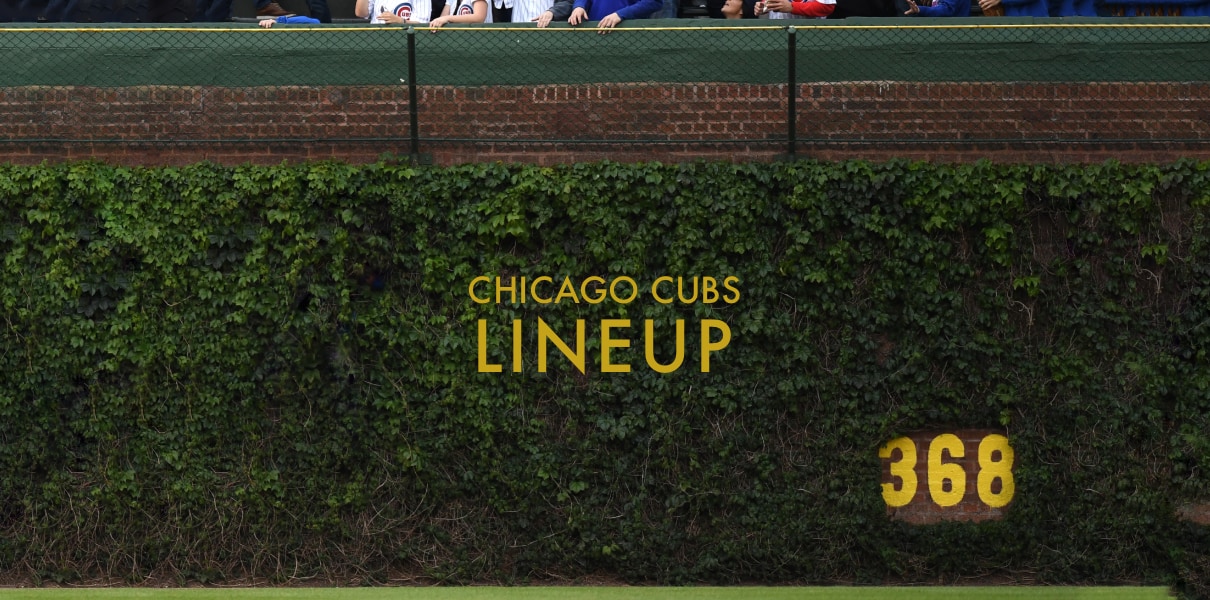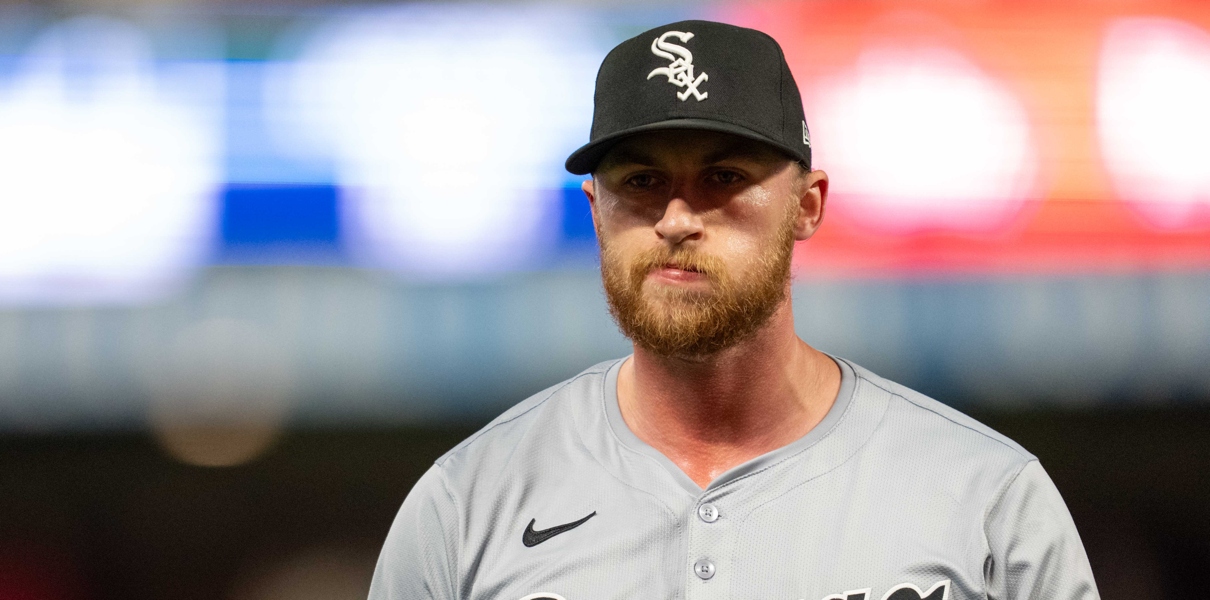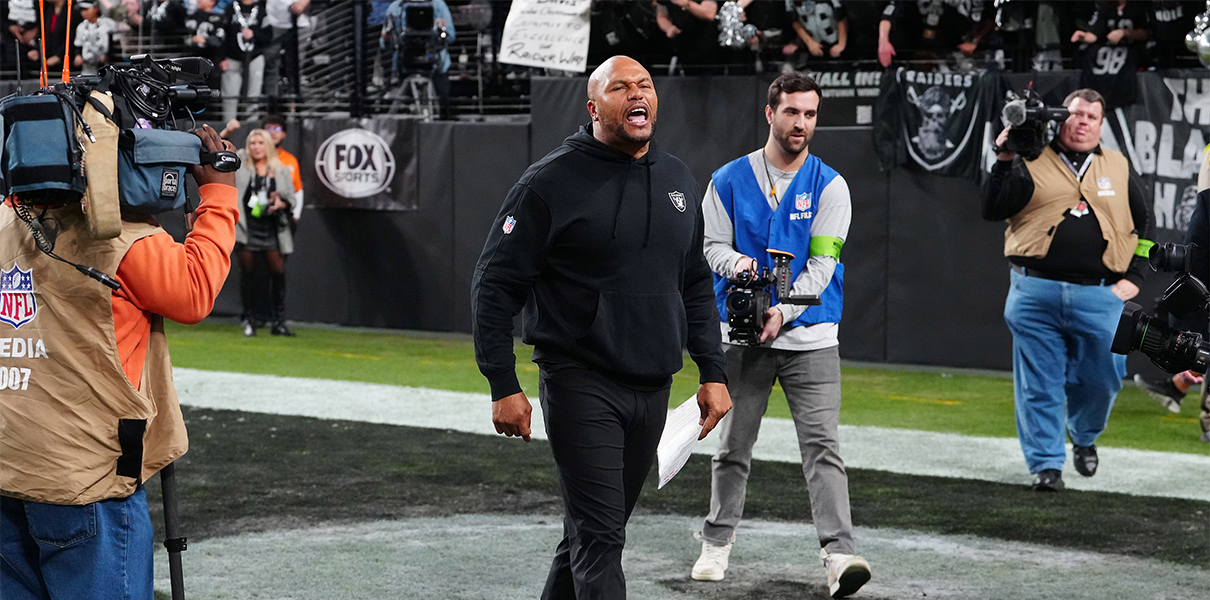
Commissioner Bud Selig has long wanted an international draft in baseball because of its impact on parity and reliability, and the CBA changes were seen by most as a stepping stone in that direction. From there, MLB and the MLBPA got together earlier this year and agreed to make a decision on an international draft by June 1, and, if they didn’t agree on a draft by that date, additional spending restrictions would kick in (the details of which are not entirely clear, but presumably the Cubs would still get their full international pool, since it’s set to be the second highest in baseball behind the Astros). In other words, all sides might be (artificially) incentivized to get an agreement in place this year for a draft that would, presumably, start in 2014.
The purpose of an international draft, aside from the parity and reliability that Selig seeks, is that it keeps costs down for MLB teams. If a player can negotiate with only the team that drafted him – as opposed to all teams – his leverage shrinks, and, in turn, his price tag. The owners, by way of MLB, are apparently so serious about wanting an international draft that they’re willing to make shocking concessions to the Players Association to make it happen, including less service time required for arbitration and a higher Major League minimum salary, reports Buster Olney. To my mind, that seems a little backwards: don’t teams spend more money on big league players than on international amateurs? Wouldn’t earlier arbitration and increased minimums cost more than an international draft would save?
Further, I’d argue that the new spending restrictions in the CBA have already effectively accomplished the goal of reining in spending (as Ben Badler argued on last week’s episode of the BN Podcast), and a draft is an unnecessary complication.
From the Cubs’ perspective, I wonder whether a draft would do harm to their increased efforts in Latin America. Increased scouting and the top-of-the-line facility in the Dominican Republic would still help in a draft system (easier to find diamonds in the rough, more reliable picks, better chance at signing the guys drafted, better chance to sign draft picks for a good price), but not as much as in a non-draft system. In a non-draft system, the Cubs can seek out, persuade, and sign any player they want in Latin America. A draft obviously limits the Cubs only to the players they’re actually able to draft – and, presuming the Cubs don’t always draft high, they’ll never even have a shot at some of the best prospects they might otherwise have been able to pull in.
In general, I’m not crazy about the idea of an international draft for the same reasons I wasn’t crazy about the dramatic spending restrictions imposed in the stateside draft: (1) the Cubs are poised to be one of the biggest spenders on the amateur side long-term, and I’d rather they were able to do so unfettered; and (2) driving down the price of amateurs, in the long-terms, could cause elite athletes to focus on other sports in their youth (more immediately, it could push two-sport athletes to pick the other sport, though that is less of a concern internationally because of the age the players are typically signed).
The details of an international draft are all still in flux, including whether the international draft would be a part of the Rule 4 Draft (United States and Canada), or whether it would be an entirely separate draft. Would the draft include Asian players? Cuban players? Would there be age restrictions? Are 16-year-olds drafted internationally, even though they can’t be drafted quite that young in the States? Is a 24-year-old amateur from Venezuela who hasn’t played professionally subject to the draft? Will there be a tiered spending pool, similar to what there is in the stateside draft? I could go on.
This is a hugely important story not only to the Cubs, but to baseball as a whole, and we’ll have to follow along as these questions are answered.
































